
Tucked between Latvia, Belarus and Poland, Lithuania is deep in the clutch of winter by the time Christmas arrives. On the night of Christmas Eve, you might hear sleigh bells ringing over snowy country roads and frozen lakes. The bells herald the arrival of relatives coming home to join their families for Kaledos, the Lithuanian word for Christmas. The Kaledos season lasts until the Feast of the Epiphany on January 6. Where the tradition of fasting on Christmas Eve has become largely a thing of the past, other rituals now mark the celebration, including a 12-dish meatless feast.
Preparing the Table
Families spend all day on Christmas Eve getting ready for dinner and the ensuing days of Christmas. People change bed sheets, clean the house, bathe, tend livestock and prepare enough food to last for several days. Beneath the white tablecloth, family members spread a small quantity of hay to represent Jesus’ birth in a manger. On top of the tablecloth, they set plates, candles and small branches from fir trees. A plate of Christmas wafers takes center stage. Also called God’s cakes, the wafers feature pictures of Jesus’ birth. Family members make their best efforts to come home for Christmas Eve dinner. For those unable to attend, or who died within the last year, a place at the table is set with a plate and a candle, which burns during the meal.
Prayer
When the first star is visible in the sky, the family sits at the table. If the sky is too cloudy to see stars, the father or grandfather decides it’s time. The head of the family says a thanksgiving prayer and asks God that all present will also be together next Christmas Eve. He then breaks a wafer and gives part to his wife. Soon everyone is breaking and sharing wafers, taking care not to skip anybody as that is very bad luck. A bowl of apples might also be on the table, as December 24 is the feast day of Adam and Eve. If so, the mother cuts a piece of apple for each diner, giving her husband the first slice to symbolize Eve’s offering to Adam.
12 Dishes
At one time, Christmas Eve was a day of fasting for Lithuanians. Water and a few boiled peas were the order of the day. The church no longer requires fasting from meat on Christmas Eve, but traditional Lithuanians still do. Now, 12 dishes make up the Christmas Eve dinner, one for each apostle. No eggs, milk products or meat other than fish are served. Typical dishes include cooked sauerkraut, hard biscuits, mushrooms, herring, dumplings, baked potatoes and cranberry pudding. The family eats the holiday meal slowly, with no alcohol and a minimum of talk. People can eat as much as they want, but it’s considered unlucky to skip any of the dishes completely.
After Dinner
Nobody hurries to get up after dinner. In fact, if you leave the table while somebody else is still eating, legend has it you will die within the year. Uneaten food is left on the table. Tradition states that while the family is out at midnight mass, the remains of the feast welcome the visiting souls of dead family members. The period following the meal on Christmas Eve was traditionally a time of miracles and prophecy. Children believed that animals could speak human tongues and well water turned to wine. Games of prophecy guessed at family members’ longevity and marriage partners.
Related Articles

How to Prepare for Tet in a Vietnamese ...
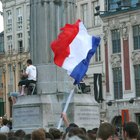
Traditional French Easter Food

Ethiopian Cultural Weddings

Romanian Orthodox Wedding Traditions

Italian Wedding Customs & Etiquette

Traditional Chinese Wedding Gifts

Greek Orthodox Funeral Traditions

Jewish Engagement Gifts

Contemporary Tenebrae Service Ideas

How to Get a Marriage License in Guam
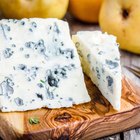
What Food Do They Eat in France?

The Meaning of Traditional Wedding Cakes
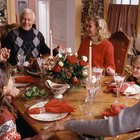
American Family Traditions & Rituals

Christmas Eve Candle Light Programs
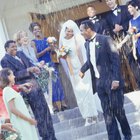
The History of the Tradition of ...

How to Celebrate Holy Week

Traditional Iraqi Wedding Gifts

Traditional Vietnamese Wedding Gifts

Philippine Wedding Gift Ideas
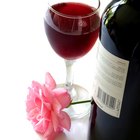
Wedding Toasts & Wine
References
Writer Bio
Teresa Bergen writes about fitness, health, yoga, travel and the arts. She is the author of "Vegetarian Asia Travel Guide" and has written hundreds of articles for publications online and off. Bergen also teaches yoga, spinning and group fitness classes, and is an ACE-certified personal trainer.
Photo Credits
Hemera Technologies/AbleStock.com/Getty Images